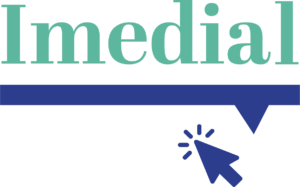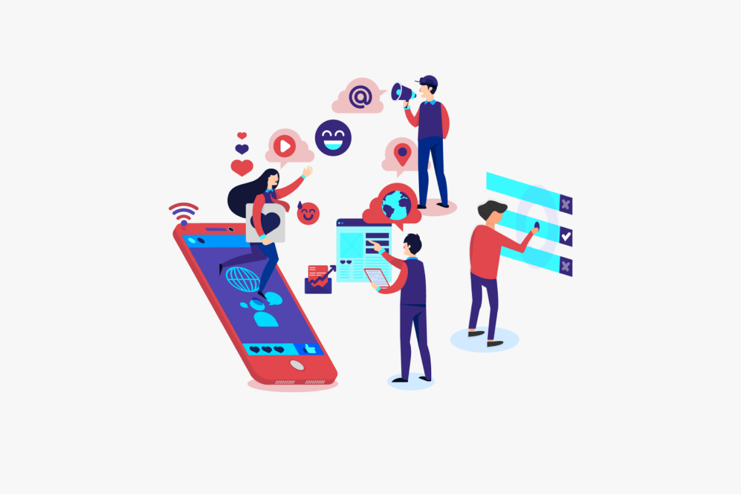Article by Alexandra Pambouka, Project Manager at Center for Social Innovation (CSI) I www.csicy.com
The term “fake news” it’s not sufficient to describe the different types of information disorder. Information is more than news, it’s an ecosystem; an environment in which individuals and communities interact. In this context we can investigate the break-down elements of the information ecosystem;
- The different types of content that are being created and shared
- The motivations of those who create this content
- The ways this content is being disseminated
The three types of information disorder
It’s important to distinguish messages that are true from those that are false, and whether the intention behind creation, production or distribution of messages, is to harm or not. Therefore, there are three types of information disorder using dimensions of harm and falseness;
- Mis-information is when false information is shared, but no harm is meant;
Unintentional mistakes such as inaccurate photo captions, dates, statistics, translations, or when satire is taken seriously
- Dis-information is when false information is knowingly shared to cause harm;
Fabricated or deliberately manipulated audio, visual content or intentionally created conspiracy theories or rumours are created to harm a person, social group, organization or country.
- Mal-information is when genuine information is shared to cause harm, often by moving private information into the public sphere.
Information that is based on reality, used to inflict harm on a person, organization or country.
Deliberate change of context, date or time of genuine content.
How is this content being disseminated?
- unwittingly by people on social media, clicking retweet without checking.
- amplified by journalists who are now under more pressure than ever to try and make sense and accurately report information emerging on the social web in real time
- pushed out by loosely connected groups who are deliberately attempting to influence public opinion
- as part of sophisticated disinformation campaigns, through bot networks[1] and troll factories[2]
Why do people tend to believe in misleading information?
There are psychological causes of why people tend to believe in misleading information as these information is uncommon and people like sharing unusual context, without caring whether it’s true. Moreover, misleading information can be emotionally charged, enhancing feelings of fear, disgust, surprise, etc., despite true information that are expected or “boring”. Moreover, as information overload exhausts their brains, they are much easier to influence and they are much less likely to be critical of information that supports their existing beliefs.
Why can media literacy contribute to avoid information disorder?
Media literacy initiatives can provide capacity to think critically and to detect disinformation. As Vice-president of EC said: “We live in era where flow of information and misinformation has become almost overwhelming. That is why we need to give our citizens tools to identify fake news, improve trust online, and manage information they receive”.
[1] software applications that runs automated tasks (scripts) over the Internet
[2] an organization set up in order to publish a large number of messages or posts on the internet, that often appear to be from people who do not really exist, and that are intended to cause trouble, influence political views, etc.

